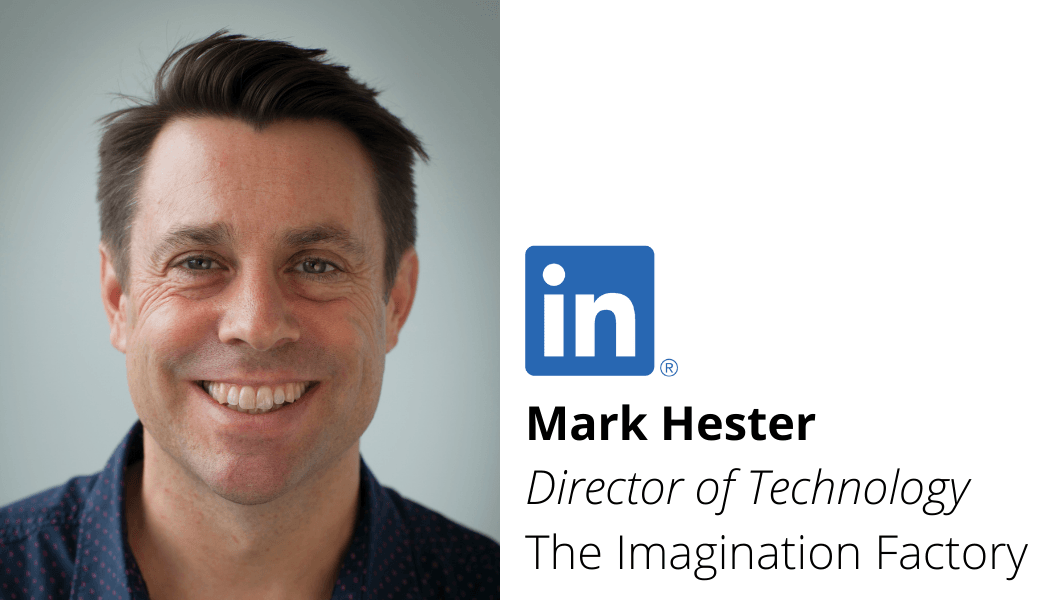Why I'm no longer talking about sustainability
Sustainable Design: How exactly do we do that then and what can we call out as greenwashing?
Solution by dilution
In the late summer, on an unusually warm, sunny day in the UK I took the opportunity to try my hand paddle boarding along the River Thames. Whilst experiencing a rare moment of calm in the middle of West London I asked our guide what she thought of the cleanliness of the water.
She pointed out the large concrete pipes at various points in the riverbank and explained that they exist to carry the run-off from the nearby roads. She remarked on the short-sightedness of the concept of ‘solution by dilution, which is the prevailing idea that has led to cities being built by rivers since the dawn of time. It worked very well, up to a certain point.

The Water Cycle
But with growing populations and a propensity to emit poisonous chemicals from the products we use, it’s clear in hindsight, that this was a solution for a bygone era. Layer on top of this the fact that we all learned about the water cycle in geography at school and there should be a collective face-palming at the thought that this was ever a sustainable way to live. The oil slick on the surface of the river might be obvious to the observer but those chemicals are going to travel around that water cycle and end up who knows where?
However, things are changing, right?
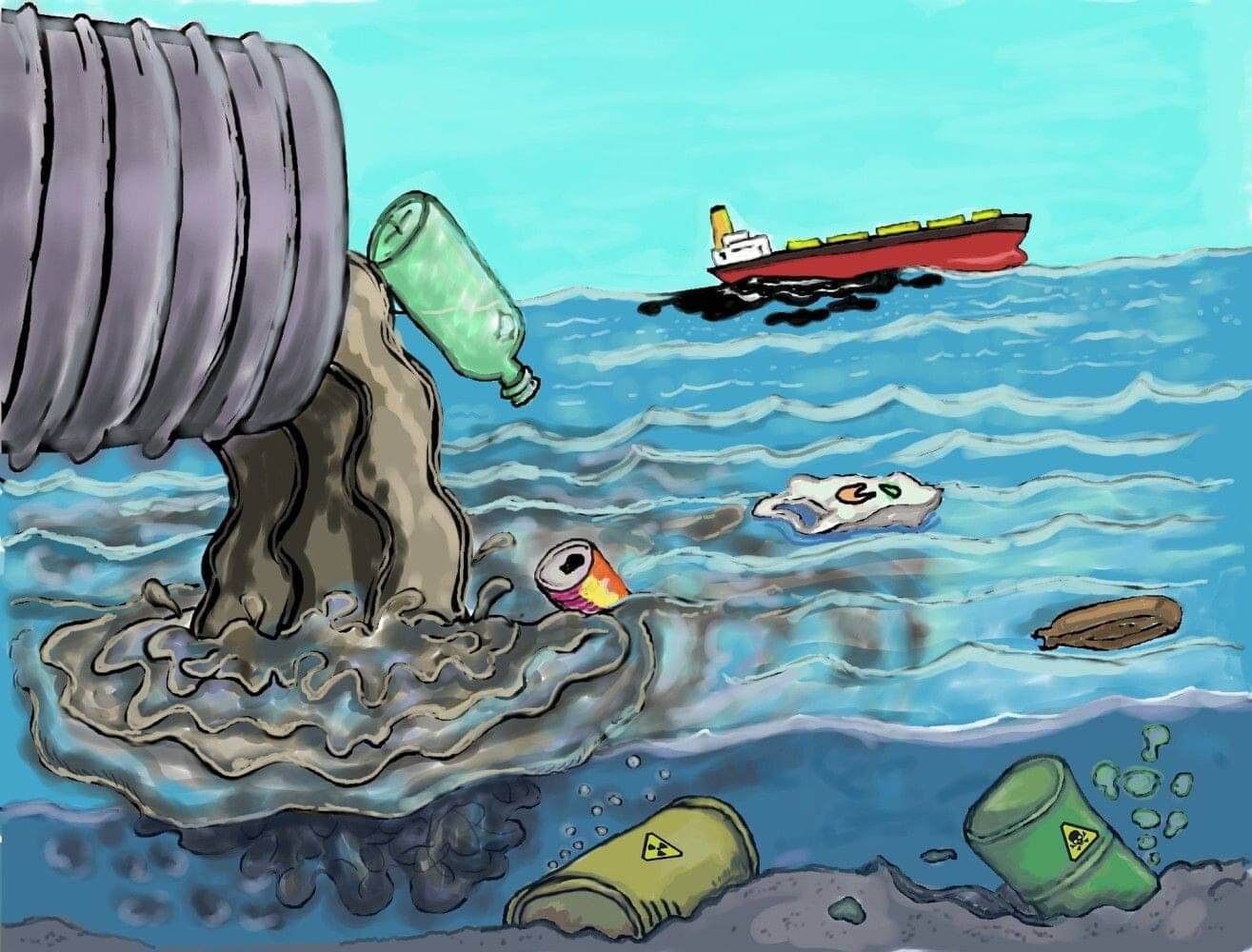
Sustainable products
Everywhere you turn now there is talk of sustainability and sustainable design. Brands both big and small, traditional and disruptive are making it their number one mission to get to grips with how to be more sustainable. Governments are pouring money into supporting innovation in this area and investors are on the hunt for companies poised to scale with a novel sustainable offering.
Bursting bubbles
This is all great but whenever something reaches this level of fervour you must expect that there will be both good and bad examples of how to implement new ideas.
I’m thinking of the delicious coffee I was recently served from an eco-conscious shop in Cornwall. The disposable cup clearly stated that it was made from plant material and to dispose via commercial composting.
Curiosity got the better of me and I checked the supplier’s website. From what I could see, there were no viable waste routes to commercial composting facilities in Cornwall. Sorry to burst your bubble if you recently put one of those cups into the recycling or general waste bins. It’s ended up in landfill where the conditions will not cause it to compost and it could still be there in 80 years.
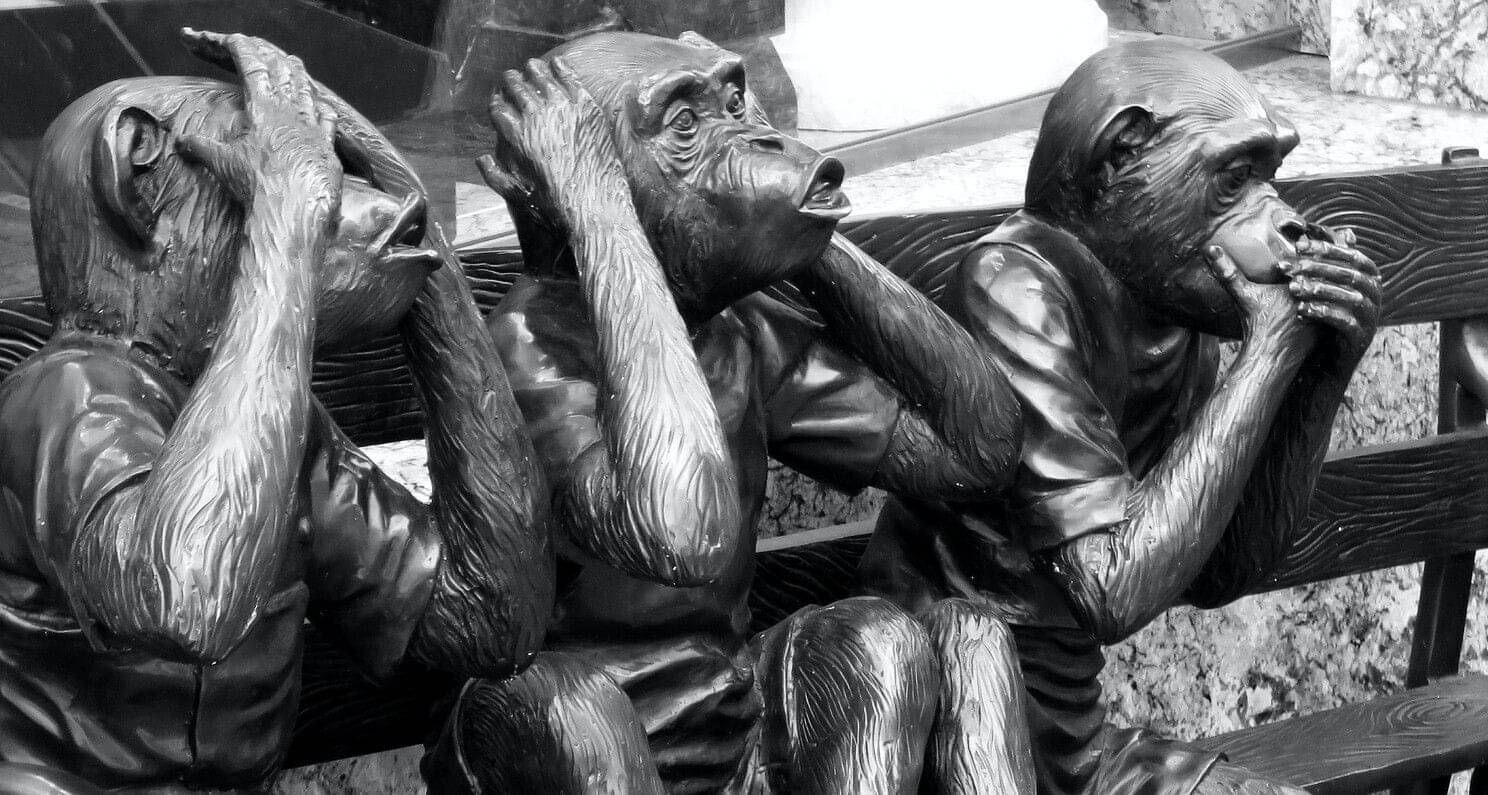
Strategic solution or green-washing?
So, how do companies set a strategic course to improve their sustainability credentials? And what can be done to avoid falling into the trap of green-washing, which can ultimately turn your best intentions into something that damages your brand?
Everyone must figure out what part they can play in this drama as it unfolds. For some it might be taking a new role that enables them to set sustainability goals for their company. For others, it might have more to do with implementing systems on the ground that reduce greenhouse gas emissions.
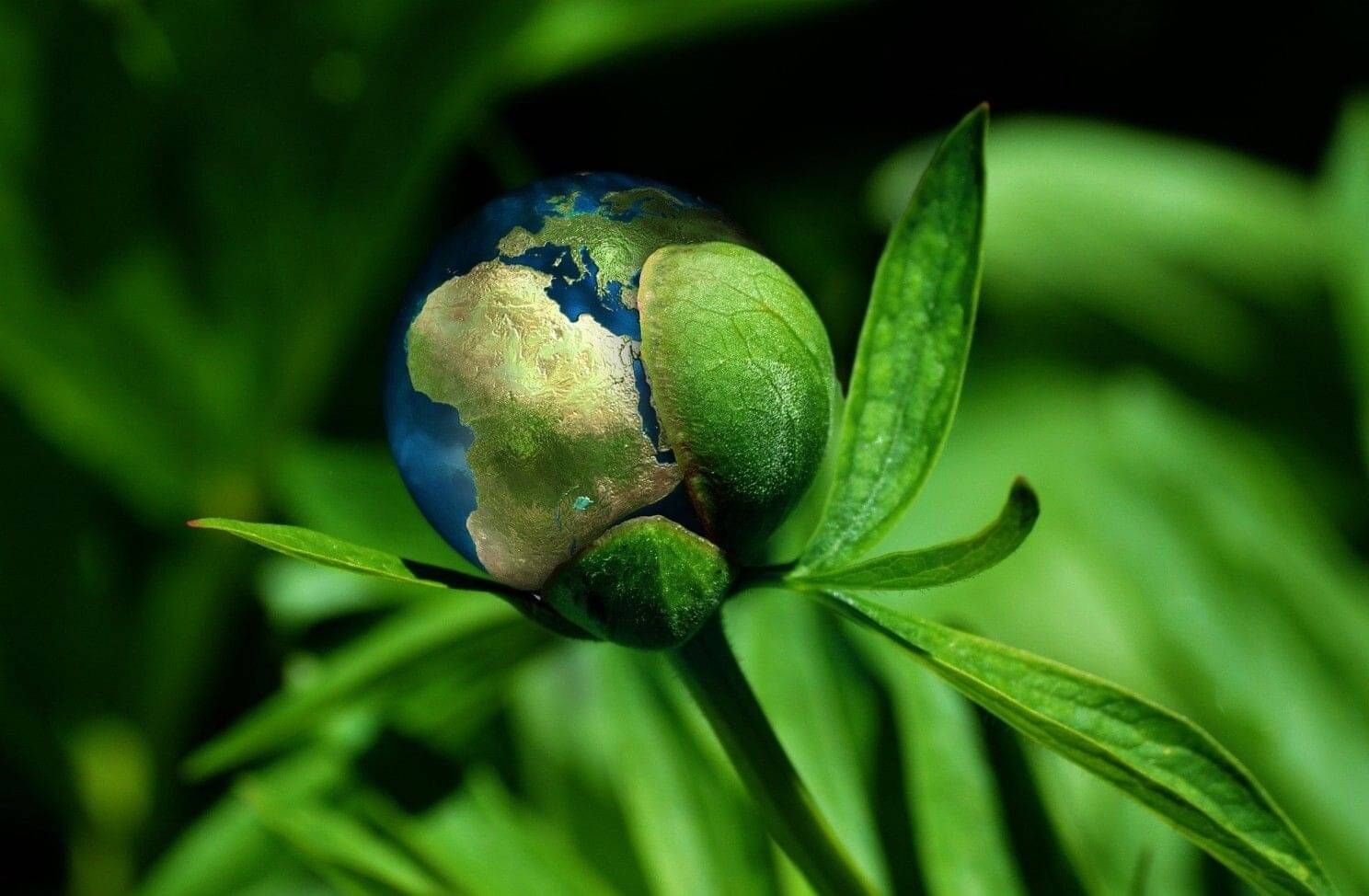
Charting a course
At The Imagination Factory we are painfully aware that we have a very specific responsibility because our job is to commit the earth’s precious resources to a specific purpose. When we put pen to paper and sketch a new concept, we are charting the course for how those natural resources will be turned into something else for a temporary period of time.
I’ve wrestled with this idea for some years and have deep-dived into Cradle-to-Cradle design, design for and from recycling, modular design and design for the circular economy. And today I have arrived at a decision.
In relation to my work as a designer, I am no longer going to talk about sustainable design.
The reason is that it is too big a concept. What are we trying to sustain? Companies that provide products for people to use must sustain a dizzying array of things.
Profit
We need to sustain the profits of our businesses because without profit there is nothing to put back into R&D to solve future problems.
Materials
But we also want to use materials in a way that doesn’t lock them up in a form that can’t be used by subsequent generations.
Form and function
At the same time, they must sustain the perception of their brand’s quality that engenders loyalty from their customers. And customers expect products to look and feel good.
So, instead I have decided to use the term Resource Conscious Design because I think it is a more honest reflection of what I and the team at The Imagination Factory can hope to do.
Resource Conscious Design
We know and understand human behaviours when interacting with products. That’s part of our mindset and our constant curiosity about the world around us. We understand the levers we can pull in form and function to create delightful product experiences. Our job is to marry that with a robust understanding of the fragilities of the resources available to us.
To tame the complexity of this we have developed our own set of tools including 10 rules of thumb for Resource Conscious Design. This is a simple approach built on the foundations of years of research. It enables our team to rapidly identify features of either an existing product or a new concept that needs more thought to improve it’s environmental impact.
A practical approach
The tools we use are not trying to replace heavyweight methods like life-cycle analysis or in-depth sustainability evaluations. But our hunch is that those are too cumbersome for most innovators to engage with anyway. Instead, they provide us with a really practical approach that fits neatly into our workflow so that we actually do something rather than just talk about it.
If you'd like to talk more about any area I've mentioned above, please get in touch.

